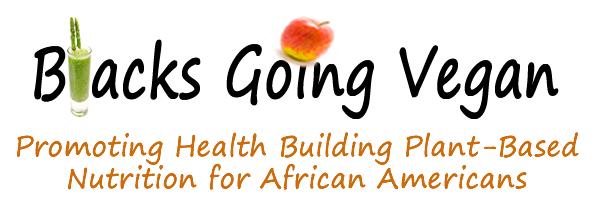Dietary Approaches to Stop Hypertension (DASH Diet)
 Dietary Approaches to Stop Hypertension (DASH) is a flexible and balanced eating plan. DASH was one of three eating plans that were compared in research studies sponsored by the National Heart, Lung, and Blood Institute (NHLBI).
Dietary Approaches to Stop Hypertension (DASH) is a flexible and balanced eating plan. DASH was one of three eating plans that were compared in research studies sponsored by the National Heart, Lung, and Blood Institute (NHLBI).
The goal of this research was to study the effects of diet on high blood pressure. The results showed that the DASH eating plan lowers blood pressure. The plan:
- Is low in saturated fat, cholesterol, and total fat
- Focuses on fruits, vegetables, and fat-free or low-fat dairy products
- Is rich in whole grains, fish, poultry, beans, seeds, and nuts
- Contains fewer sweets, added sugars and sugary beverages, and red meats than the typical American diet
The DASH eating plan also is lower in sodium (salt) than the typical American diet. The DASH research showed that an eating plan containing 2,300 milligrams (mg) of sodium per day lowered blood pressure. An eating plan containing only 1,500 mg of sodium per day even further lowered blood pressure.
The “Dietary Guidelines for Americans, 2010” advises people in the following groups to aim for no more than 1,500 mg of sodium per day:
People who already have high blood pressure
People who have diabetes or chronic kidney disease
African Americans
Middle-aged and older adults
The DASH eating plan also includes foods rich in potassium, such as fruits and vegetables. In general, potassium should come from food sources only, not supplements. To find information on the potassium content of selected foods, search the USDA National Nutrient Database for Standard Reference at link icon.
Reduced-sodium products and salt substitutes likely contain potassium chloride as a main ingredient. This substance may harm people who have certain medical conditions, such as diabetes and kidney disease. Check with your doctor before trying reduced-sodium products and salt substitutes that contain potassium chloride.
You can limit salt intake without using salt substitutes. For example, use herbs and spices to add flavor to foods. For examples of how to season foods without using salt, visit the NHLBI’s Flavor That Food Web page.
Below is a table that shows the daily nutrient goals, including potassium, used in the DASH studies.
Daily Nutrient Goals Used in the DASH Studies (for a 2,000-Calorie Eating Plan)
Total fat = 27% of calories
Saturated fat = 6% of calories
Protein = 18% of calories
Carbohydrate = 55% of calories
Cholesterol = 150 mg
Sodium = 2,300 mg*
Potassium = 4,700 mg
Calcium = 1,250 mg
Magnesium = 500 mg
Fiber = 30 g
* 1,500 mg of sodium was a lower goal tested and found to be even better for lowering blood pressure. It worked very well for people who already had high blood pressure, African Americans, and middle-aged and older adults.
g = grams; mg = milligrams
You have the power to lower your blood pressure by what you put in your mouth. It’s very easy, and The DASH Eating Plan will guide you to success.
For more detailed information about the DASH eating plan and to order your free copy of the booklet, go to the NHLBI’s “Your Guide to Lowering Your Blood Pressure With DASH.”
Category: Veganism and African Americans

























